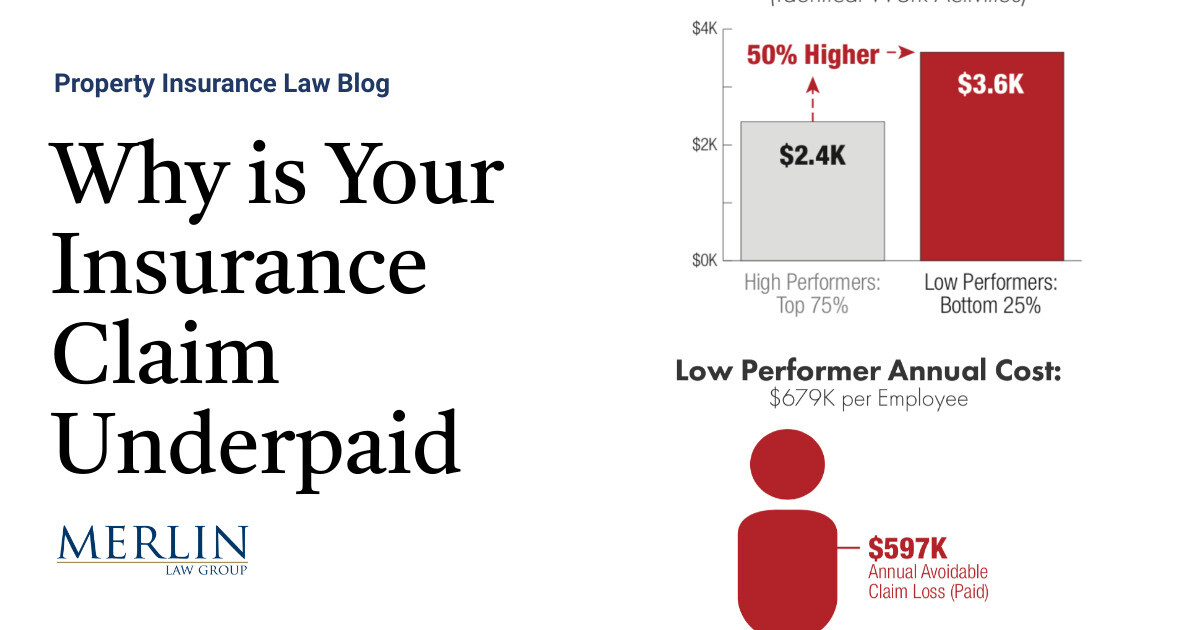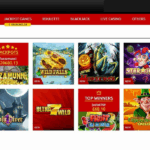Overview
Insurance companies often implement loyalty programs to reward long-term customers for their continued patronage. These rewards may come in various forms, such as discounts on premiums, additional coverage, or other benefits. Offering rewards for customer loyalty is a strategic move by insurance companies to retain existing customers and encourage their long-term business.
Rationale behind loyalty rewards
By providing rewards for customer loyalty, insurance companies aim to:
– Foster customer loyalty and reduce churn rates
– Increase customer satisfaction and enhance brand reputation
– Differentiate themselves from competitors and gain a competitive advantage
Types of Rewards

Insurance companies reward long-term customers with various types of rewards to acknowledge their loyalty and continued business. These rewards vary depending on the insurance provider and the type of insurance policy held.
Discounts
Discounts are a common form of reward offered to long-term customers. Insurance companies may provide discounts on premiums, deductibles, or other fees associated with the policy. These discounts can accumulate over time, resulting in significant savings for customers who maintain their policies for an extended period.
Loyalty Points
Some insurance companies offer loyalty points to their long-term customers. These points can be accumulated through various activities, such as paying premiums on time, renewing policies, or referring new customers. Accumulated loyalty points can be redeemed for a variety of rewards, such as gift cards, merchandise, or travel benefits.
Premium Credits
Premium credits are another type of reward offered by insurance companies. These credits can be applied towards future premiums, reducing the cost of insurance coverage. Premium credits may be earned based on factors such as the customer’s claims history, years of coverage, or overall risk profile.
Eligibility Criteria
Insurance companies establish eligibility criteria to determine which customers qualify for rewards. These criteria typically focus on factors that demonstrate customer loyalty and engagement with the company.
Policy Tenure
One common criterion is policy tenure, which refers to the length of time a customer has held an insurance policy with the company. Longer tenure often indicates customer satisfaction and stability, making customers more eligible for rewards.
Premium Payments
Insurance companies may also consider premium payments when determining eligibility. Customers who consistently make timely premium payments are often viewed as reliable and responsible, increasing their chances of receiving rewards.
Claim History
Claim history can play a role in eligibility, especially for rewards related to accident-free driving or homeownership. Customers with a clean claim record may be more likely to qualify for rewards that recognize their safe and responsible behavior.
For example, Geico offers a Good Driver Discount to customers who maintain a clean driving record for five years. Progressive provides a Homeowners Insurance Loyalty Discount for customers who have been with the company for three or more years.
Benefits of Long-Term Customer Rewards
Insurance companies offer rewards to long-term customers as a way to show appreciation and incentivize loyalty. These rewards provide numerous benefits, including increased customer retention, enhanced loyalty, and greater customer satisfaction.
By rewarding long-term customers, insurance companies can foster a sense of value and commitment. Customers who feel valued are more likely to stay with their current insurer, reducing churn and saving the company acquisition costs associated with onboarding new customers.
Increased Customer Retention
- Rewards programs encourage customers to stay with the same insurer, reducing churn and increasing customer lifetime value.
- Customers who receive rewards are more likely to recommend their insurer to others, providing valuable word-of-mouth marketing.
Enhanced Loyalty
- Rewards programs create a positive emotional connection between customers and the insurer, fostering loyalty and trust.
- Customers who feel appreciated and valued are more likely to choose the same insurer for additional insurance products, increasing cross-selling opportunities.
Greater Customer Satisfaction
- Rewards programs demonstrate that the insurer values customer loyalty, leading to increased satisfaction.
- Customers who receive rewards are more likely to perceive their insurer as trustworthy and reliable, enhancing overall customer experience.
Best Practices for Implementing Long-Term Customer Rewards
To maximize the effectiveness of long-term customer rewards programs, insurance companies should adhere to the following best practices:
Design Effective Programs
- Define clear program goals and objectives, aligning them with overall business strategy.
- Tailor rewards to specific customer segments, considering their needs and preferences.
- Establish a tiered rewards structure that provides incentives for continued loyalty.
- Make rewards easy to understand and redeem, minimizing complexity and hassle.
Communicate Rewards Effectively
- Communicate program details clearly and frequently through multiple channels.
- Use personalized messaging to highlight relevant rewards and benefits.
- Provide regular updates on customer progress and reward status.
- Leverage customer feedback to improve communication and engagement.
Evaluate Program Success
- Establish key performance indicators (KPIs) to track program effectiveness.
- Monitor customer engagement, redemption rates, and overall satisfaction.
- Conduct regular reviews to identify areas for improvement and optimization.
- Use data analysis to understand customer behavior and tailor rewards accordingly.
Examples of Successful Reward Programs
Many insurance companies have successfully implemented long-term customer rewards programs. Here are a few notable examples:
- Progressive’s Snapshot: A usage-based insurance program that rewards drivers for safe driving habits.
- State Farm’s Drive Safe & Save: A similar program that offers discounts for safe driving.
- Allstate’s Good Driver Rewards: A program that provides discounts and other benefits to customers with a clean driving record.
- Geico’s Roadside Assistance Plus: A program that offers roadside assistance benefits and discounts on auto repairs.
- Liberty Mutual’s Safety Net: A program that provides financial protection for customers who experience a covered event, such as a car accident or home damage.







